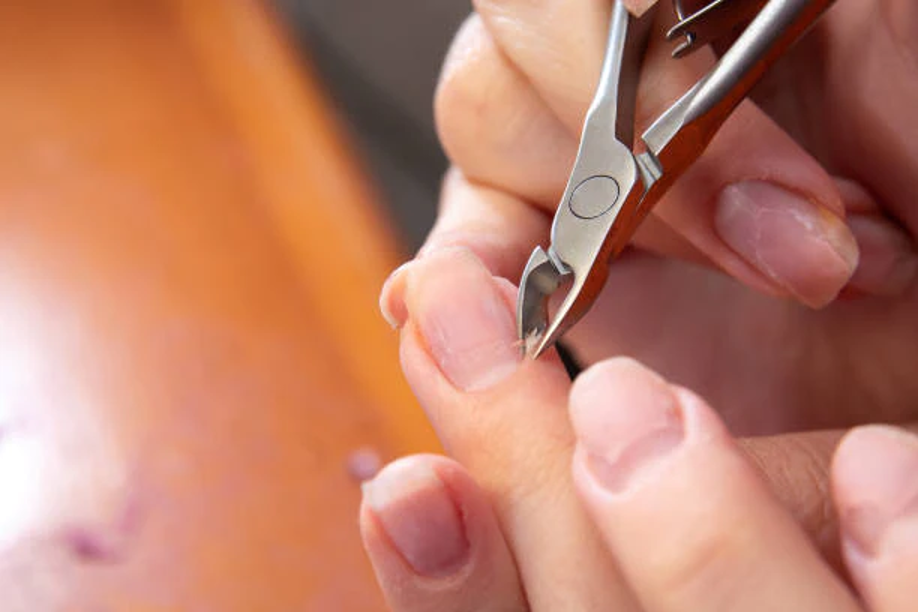Taking care of your skin can be quite challenging, and there is a lot of information out there that can be misleading or confusing. The first step in treating any skincare issues you might have, specifically acne, is to understand the type of acne you are dealing with. Different Stages and Types of Acne can vary widely, from mild to severe, and understanding the specific characteristics of your acne can help you choose the most effective treatment options.
This article will go over the varying stages of acne and the various types, to help you identify what you might be dealing with. Remember that while at-home remedies might work for less severe forms of acne, it’s always a good idea to check with your healthcare provider.
Varying Stages of Acne
Most people refer to acne as a singular all-encompassing thing, but it might come as a surprise to many to learn that there are varying stages of acne. Below you can read more about the different stages.
Mild Acne
Mild acne usually presents itself in the form of whiteheads or blackheads, although some people might experience pustules or papules. In addition to this, a person will typically only experience under 30 lesions.
Moderate Acne
If a person is experiencing moderate acne, they will have significantly more pustules and papules, as well as a high number of whiteheads and blackheads. A person with moderate acne will have between 30 to 125 lesions.
Severe Acne
Severe acne is the final stage, and someone that is experiencing this level of acne will have many nodules, pustules, cysts, or papules. This type of acne also leads to scarring, and someone with this acne will have more than 125 lesions.
Knowing which stage of acne you have will play a large role in your approach to treating it. If you have severe acne, you might need the help of a professional dermatologist.
Different Types of Acne
In addition to varying stages of acne, there are also different types of acne, as you might have realized above. The different types of acne can be grouped into two distinct categories; inflammatory and noninflammatory.
Blackheads and whiteheads
Blackheads and whiteheads are both types of comedones, as Misumi Skincare explains in their guide to treating both open and closed comedones, and are considered to be noninflammatory. Blackheads are also known as open comedones, and this is because they remain open to the skin’s surface, however the pore is clogged. The reason they appear black is because of the clog’s exposure to air.
Whiteheads on the other hand are known as closed comedones, and these aren’t exposed to air due to the thin layer of skin that covers the clogged pore. This creates a white or flesh-coloured bump on the skin since the pore does not oxidize.
Pustules
Pustules are commonly referred to as pimples, which is the most common form of acne. This type of acne is easily identifiable; the pustules themselves have a centre filled with yellowish or whitish pus, with the surrounding area tender, large, and inflamed.
Bacteria and immune cells collect in the blocked pore which causes the pus. These pustules can be found on various parts of the body, but are typically found on the shoulders, chest, face, and back.
Papules
Papules are very similar to pustules, except for the fact that they lack a yellowish or whitish pus-filled centre. Papules are also often referred to as blind pimples and are raised, tender and solid with inflamed skin around them.
Papules are very sensitive to touch and can be quite painful. This type of acne is usually caused by bacteria, dead skin cells, and excess oil or sebum. The combination of these three factors causes pores to get blocked.
Cysts
Cysts are one of the more serious forms of acne and are incredibly painful to touch. In some cases, surgical treatment might be necessary to treat them.
In terms of appearance, they are filled with pus and could appear deep in the skin as white or red lumps. They are easy to identify as they are very large and painful.
Nodules
Nodules are the equivalent of papules but for cysts. They are situated deep within the skin and appear as inflamed, hard lumps, but don’t have a visible head.
The main cause of nodules is clogged pores that become infected. Since there is no visible head, they don’t appear to be dangerous or severe, but this is because they swell beneath the skin.



Comments are closed.